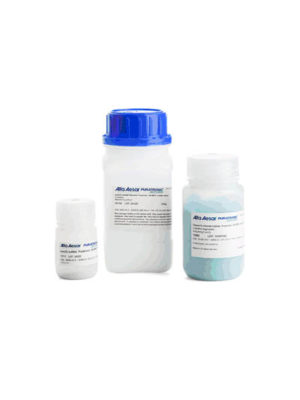Inorganic Fluorophosphates

Inorganic Fluorophosphates
Inorganic fluorophosphates (PO3F2-) contain the phosphate anion in which one hydroxyl is replaced with a fluorine atom. The structure of the fluorophosphate anion consists of phosphorus at the center of a tetrahedron defined by three oxygen atoms and one fluorine atom. In Fluoroapatite, OH-groups provided by calcium hydroxide are partly replaced by fluoride ions. Fluoroapatite is barely soluble while calcium fluorophosphate dissolves easily.
Monofluorophosphate anions are used to synthesize a range of materials as potential biomaterials. Alkali transition metal fluorophosphates are used as electrode materials in batteries. Doped fluorophosphate glasses are extensively used in laser technology. Fluorophospates are efficient solid state laser materials with promising new applications, especially for diode pumping of microchip lasers. The fluorophosphate family of sodium cathode materials is extremely promising, as the materials are both thermally and electrochemically stable. In particular, Na2MPO4F (M= Fe, Co, Ni, Mn) is a classic candidate for use in Na ion batteries (please see Ellis, B. L.; Makahnouk, W. R. M.; Rowan-Weetaluktuk, W. N.; Ryan, D. H.; Nazar, L. F. Crystal Structure and Electrochemical Properties of A2MPO4F Fluorophosphates (A = Na, Li; M = Fe, Mn, Co, Ni) Chem. Mater. 2010, 22, 1059-1070).


